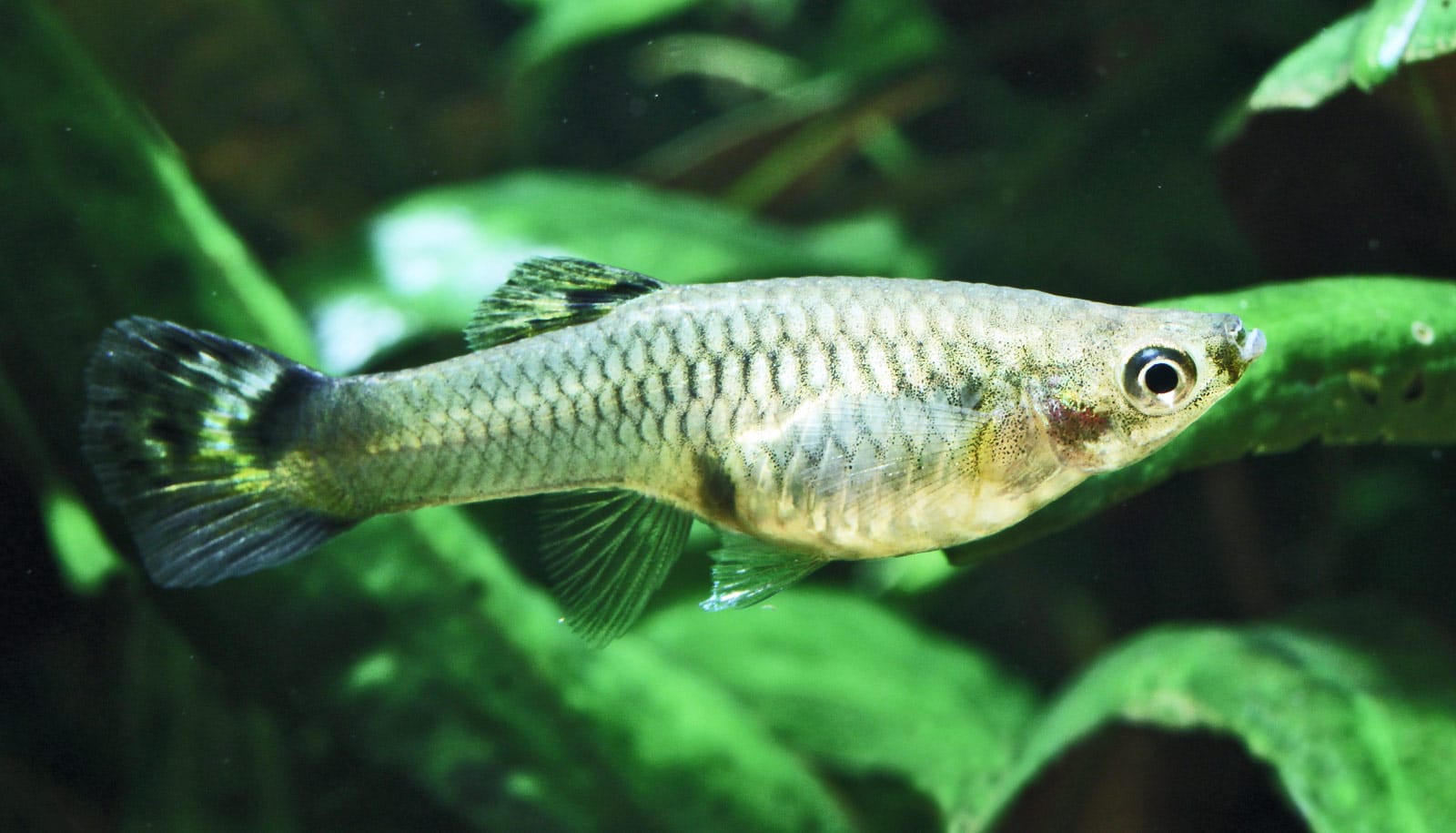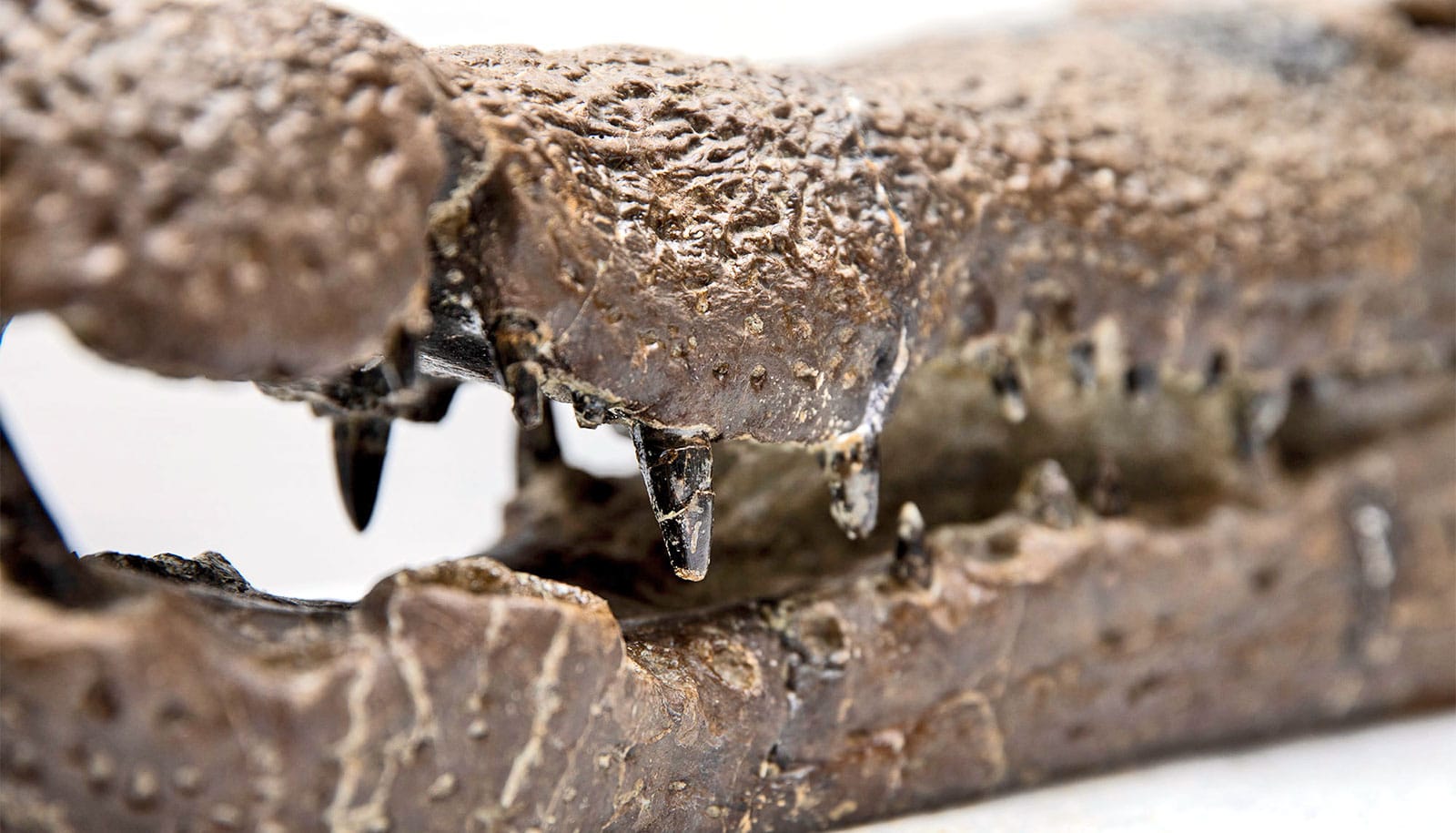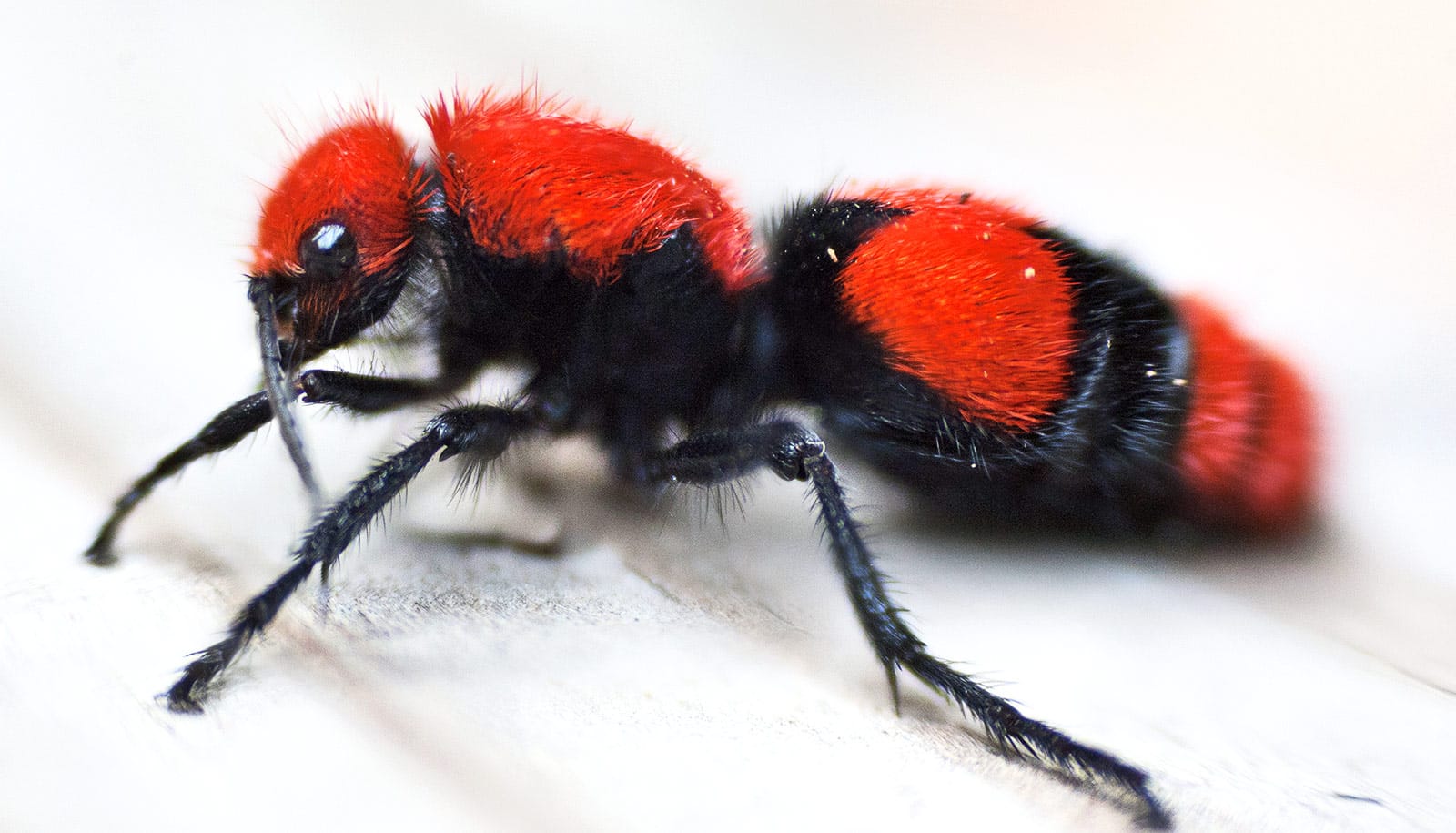To survive in a competitive world, some guppies are born not just bigger, but also more mature.
To help offspring survive, some moms engage in a kind of trade-off: Churn out a bevy of offspring and hope for the best, or have fewer kids but invest more in their survival.
Essentially one of two fates confront the Trinidadian guppies who inhabit the South American island’s mountain streams. Guppies who live lower down the mountain face a constant threat of predators. Fish higher up the slope live a relatively predator-free life, but it’s no paradise because in waters teeming with fellow guppies, the competition for limited food is stiff.
Up to now, scientists had observed that guppy moms in the high-predation (HP) waters produced scads of smaller young while guppies in the low-predation areas (LP) produced fewer but larger young.
But the study in Scientific Reports suggests the size difference of a couple of millimeters of length may not be the most meaningful one. Instead, the larger guppies in the LP streams are born significantly more mature, at least where it comes to their way of eating. It’s their internal anatomy that may promote their survival.
LP guppy mouth joints swing twice as widely (22 degrees instead of 11). As a result their jaws open to a bigger gape. The heads of LP guppies are 90 percent hardened at birth, while HP guppies are only 20 percent hardened. Finally, the muscles controlling the jaws are bigger in LP guppies. Eventually, HP guppies will catch up—if they survive—but LP guppies are born better at scraping algae and diatoms off stream rocks for dinner.
“There is more to it than just an investment in sheer size,” says Terry Dial, a postdoctoral researcher at Brown University. “This is the first time we’d really gone into the morphology and anatomy of these animals and tried to tease apart what is different about these fish other than just size.”
Not only were the HP and LP populations significantly different in this regard, but also the larger newborns within LP populations were significantly more mature than the smaller newborns in LP populations.
Of course the guppies aren’t consciously strategizing. Instead, evolution in LP environments apparently selects for moms that produce more fully mature newborns, because those babies are better at competing for food and are therefore more likely to survive and carry on mom’s lineage.
How ‘weirdo’ hatchetfish hide in light
On the other hand, in HP streams where the main danger is predators, evolution may favor moms who produce so many young, because surely some number will survive to grow up and reproduce without being eaten. “The mother’s fitness is tied into the offspring’s fitness,” Dial says.
Other researchers from Brown and from George Washington University are coauthors of the paper. The National Science Foundation and the Bushnell Research and Education Fund supported the study.
Source: Brown University



